I recently used the Extruder to process the floor plan and expect to be able to stretch it into a 3D building model, but I have encountered many problems. In the process, I used 3dsMax to generate the same model at the same time, and compared it with the model generated by Fme. I used Fme Inspster and VS Code to view the Fbx model and compare them. I got some of the following points and discussed them together.
1, The Location Is Wrong
When viewing the model with FME Inspster, the model's position is correct. However, when using VSCode's 3D Viewer for VSCode module for single display, the position of the model is tilted and inconsistent with the position of the origin!
I judge that there are two parameters "Geometry Instance Local Origin" and "Geometry Instance Matrix" missing! Because from the Fbx file generated by 3dsMax, both parameters are valued and the location is correct.
My question is, why does FME not calculate the attribute values of these two parameters when generating Fbx files?
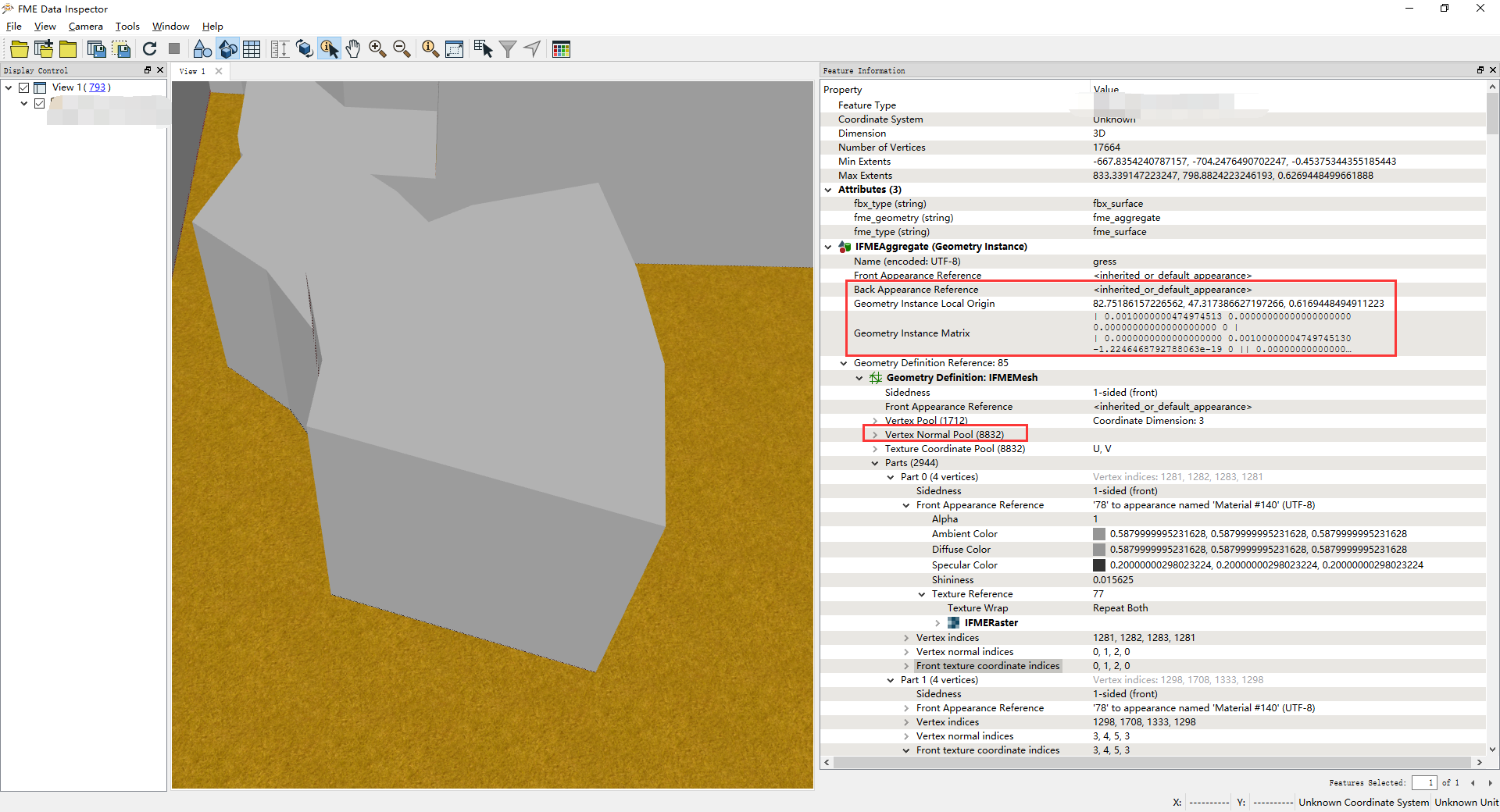
I found a problem. After Extruder, the generated Fbx file did not calculate the direction of the normal, causing the model to display the following image.
I judge that the "Vertex Normal Pool" parameter is missing!
My question is, why does FME not calculate the normal of the surface when generating Fbx files?
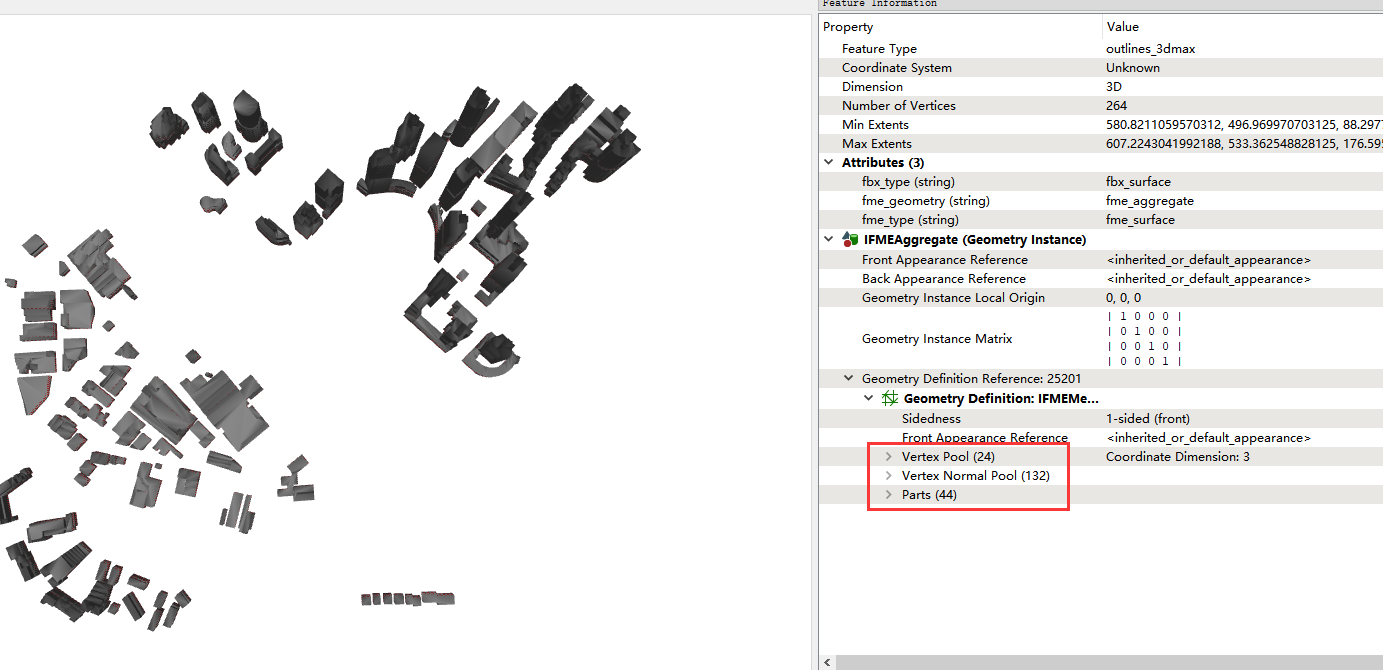
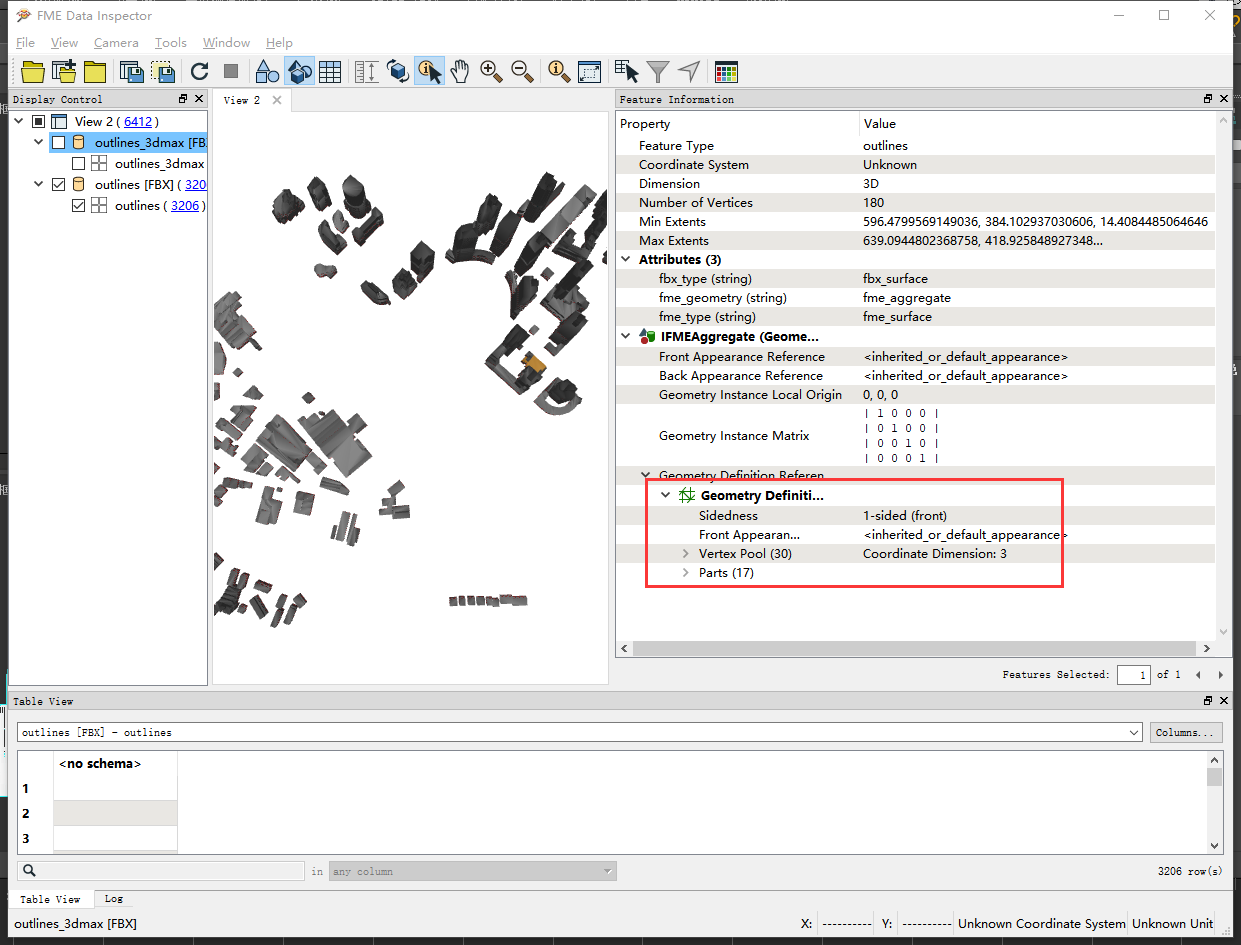
As shown on this page, if it is a simple face, it can be drawn into a cube, but if it is a complex polygon, the normal direction of the partial face will be wrong.
My question is, why does FME deal with complex polygons when generating Fbx files?
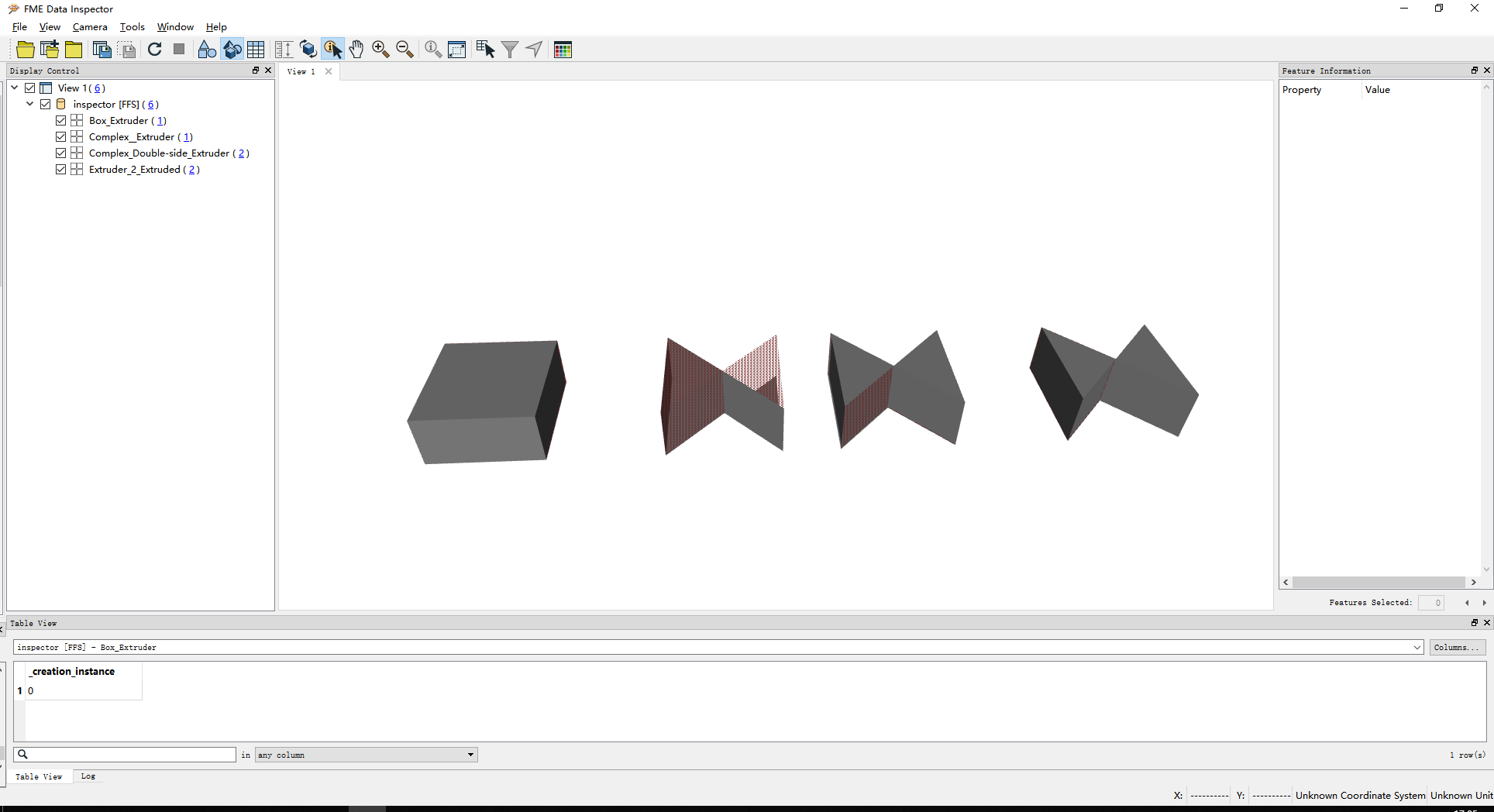
4, Fbx Export
FME currently only supports 7.5\\6.1, and the FbxLoader module of three.js supports versions above 7.0. When exporting, you can set the unit, the up axis, and the exported version.
My question is, why is FME's handling of complex polygons simple when generating Fbx files?
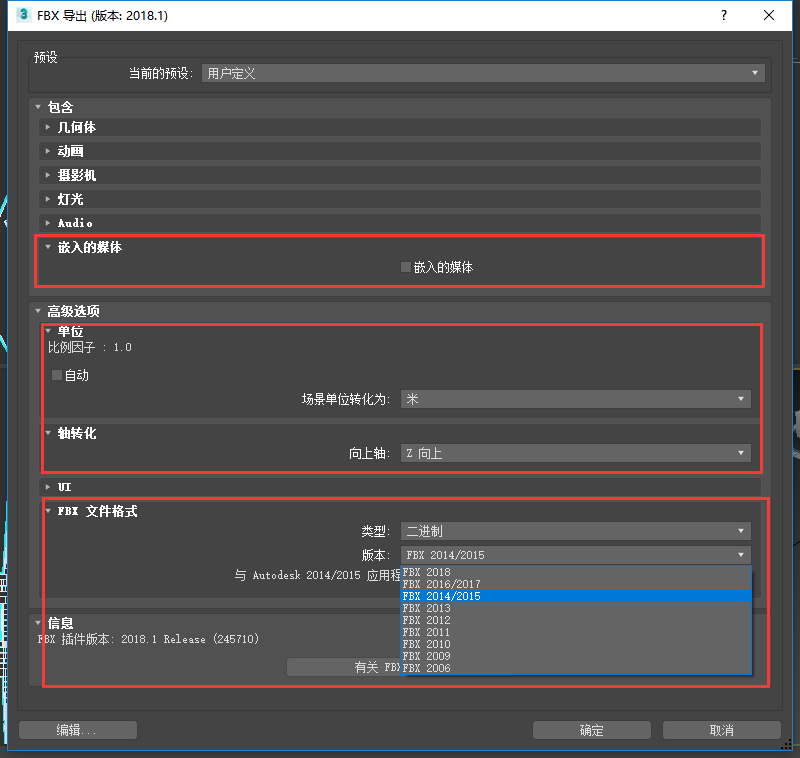
Best answer by chrisatsafe
View original










